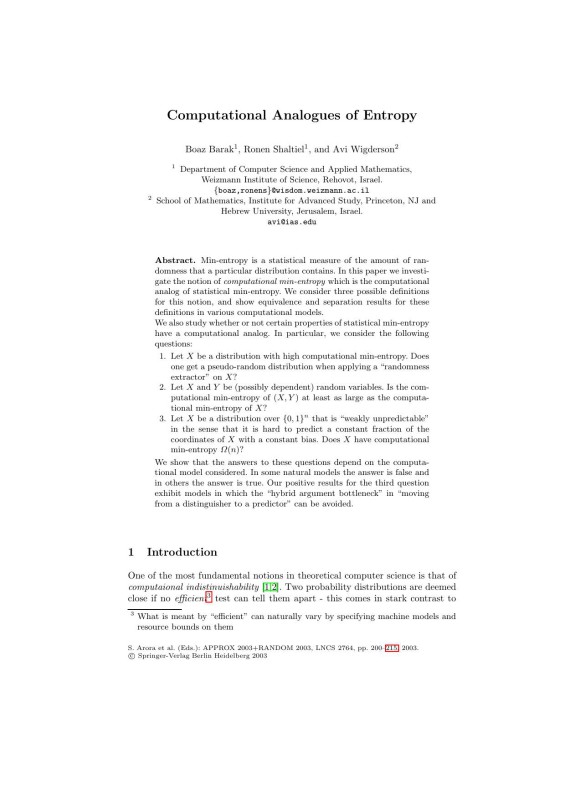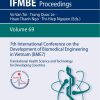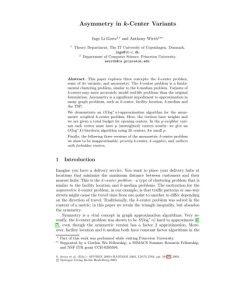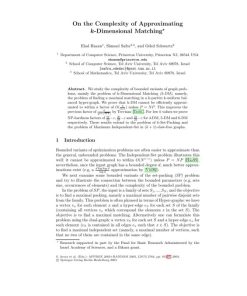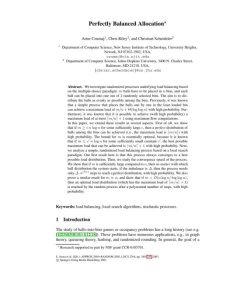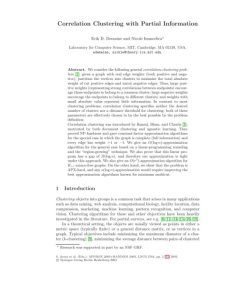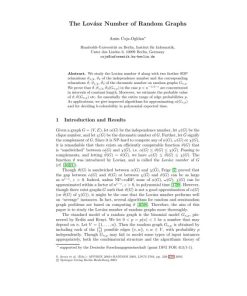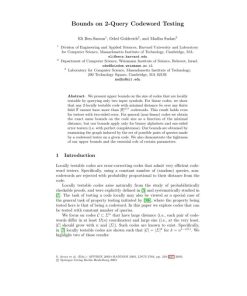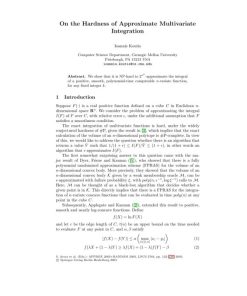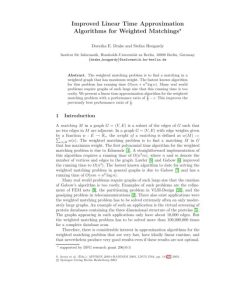LNCS 2764 Computational Analogues of Entropy 1st Edition by Boaz Barak, Ronen Shaltiel, Avi Wigderson ISBN 3540380450 9783540380450
$50.00 Original price was: $50.00.$25.00Current price is: $25.00.
Authors:Boaz Barak, Ronen Shaltiel; Avi Wigderson , Tags:Approximation; Randomization; and Combinatorial Optimization. Algorithms and Techniques , Author sort:Boaz Barak, Ronen Shaltiel & Wigderson, Avi , Languages:Languages:eng , Published:Published:Sep 2003
LNCS 2764 – Computational Analogues of Entropy 1st Edition by Boaz Barak, Ronen Shaltiel, Avi Wigderson – Ebook PDF Instant Download/Delivery. 3540380450, 9783540380450
Full download LNCS 2764 – Computational Analogues of Entropy 1st Edition after payment
Product details:
ISBN 10: 3540380450
ISBN 13: 9783540380450
Author: Boaz Barak, Ronen Shaltiel, Avi Wigderson
LNCS 2764 – Computational Analogues of Entropy 1st Edition:
Min-entropy is a statistical measure of the amount of randomness that a particular distribution contains. In this paper we investigate the notion of computational min-entropy which is the computational analog of statistical min-entropy. We consider three possible definitions for this notion, and show equivalence and separation results for these definitions in various computational models.
We also study whether or not certain properties of statistical min-entropy have a computational analog. In particular, we consider the following questions:
-
1. Let X be a distribution with high computational min-entropy. Does one get a pseudo-random distribution when applying a “randomness extractor” on X?
-
2. Let X and Y be (possibly dependent) random variables. Is the computational min-entropy of (X,Y) at least as large as the computational min-entropy of X?
-
3. Let X be a distribution over {0,1}n that is “weakly unpredictable” in the sense that it is hard to predict a constant fraction of the coordinates of X with a constant bias. Does X have computational min-entropy Ω(n)?
We show that the answers to these questions depend on the computational model considered. In some natural models the answer is false and in others the answer is true. Our positive results for the third question exhibit models in which the “hybrid argument bottleneck” in “moving from a distinguisher to a predictor” can be avoided.
LNCS 2764 – Computational Analogues of Entropy 1st Edition Table of contents:
1 Introduction
1.1 Definitions of Pseudoentropy
1.2 Pseudoentropy versus Information Theoretic Entropy
1.3 Organization of the Paper
2 Preliminaries
3 Defining Computational Min-entropy
3.1 HILL-type Pseudoentropy: Using Indistinguishability
3.2 Metric-Type Pseudoentropy: Using a Metric Space
3.3 Yao-Type Pseudoentropy: Using Compression
4 Using Randomness Extractors
5 Relationships between Definitions
5.1 Equivalence between HILL-type and Metric-Type
5.2 Equivalence between All Types for PH-circuits
6 Separation between Types
7 Analogs of Information-Theoretic Inequalities
People also search for LNCS 2764 – Computational Analogues of Entropy 1st Edition:
configurational entropy calculation
a computational model of neurodegeneration in alzheimer’s disease
a computational solution for bolstering reliability of epigenetic clocks
a computational system has an
a characterization of entropy in terms of information loss
b cos

